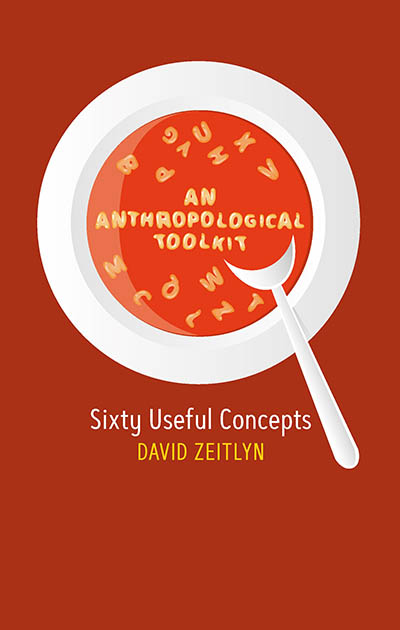 Can you give some background to yourself, and how you became an anthropologist in the first place?
Can you give some background to yourself, and how you became an anthropologist in the first place?
Well, I was born in 1958 in Cambridge and brought up there. I went to the Perse School (which incidentally is the origin of the name Free School Lane, where the Cambridge Anthropology Department is based). As an undergraduate I studied physics and philosophy at Wadham College, Oxford, where I first encountered anthropology indirectly from Rom Harré who taught the philosophy of science. I came to feel that I knew more about the structures of the atom than the structures of society (sorry: I know this comes across as portentous, and now, a long time afterwards, I am little better off – but a little nonetheless!). This led me to a conversion Masters degree in anthropology at the LSE.
After that I returned to Cambridge to study for a PhD supervised by Esther Goody. This was on “Mambila Traditional Religion”. I first went to Cameroon in 1985 and I have managed to continue going every year until COVID stopped travel.
I know you’ve asked about the deep background but to continue, as it were, talking you through my CV, I then had two successive postdocs at Oxford (a Wolfson College postdoc followed by a British Academy fellowship) before eventually being appointed as lecturer at the University of Kent at Canterbury in 1995.
Ok so that explains what made you an anthropologist. Now can we talk about how the book An Anthropological Toolkit came to be written?
At Kent and continuing since I moved to Oxford in 2010 one important (and very enjoyable) part of my teaching has been running the seminar for incoming research students. I really like the process of helping them shape a doable research project from an initial idea. And it is great to be exposed to a really wide range of different research topics. I have gained a massive amount from them, and in the seminars we engage a wide range of different theories, and general theoretical approaches/ stances. One of my tasks during lockdown was then to try and encapsulate what I’ve learnt from all this. The result is An anthropological toolkit. Originally I introduced a wide range of different concepts and then stopped but Michael Herzfeld, one of the readers, asked for more, some sort of demonstration of what this sort of eclectic approach would look like. And by a nice bit of synergy this coincided with my listening to an old sound recording (originally made on tape) partly to keep my language skills up but also to index it. The recording related to a delay in performing a ritual that I had been present at, as well as to a series of disputes about the succession to the headship of a hamlet. Trying to explain what happened, years after the event, exemplifies some, but only a few, of the possible approaches I discuss in the book, especially partiality and incompleteness. It is also closely connected to the sections on exemplars and vignettes. (I’ve italicized the terms which have corresponding sections in the book).
What are your hopes for the Toolkit?
That’s a good question, and a dangerous one, inviting hubris (to say the least!). What are my hopes? To widen the scope of theory, to open ourselves up to a multiplicity of perspectives in ways that encourage debate which helps grow insight. Indirectly this is also an argument for humility: there are so many positions available we have to acknowledge that other ways of seeing are possible and to develop our analyses with explicit recognition of this. There are parallels too in recent work on ‘theory from the south’ that are bringing new ideas into the discipline that do not owe anything (or anything much) to the western academic tradition. I look forward to discussing some of these perhaps in the second edition of the book!
What’s the network diagram at the end of the introduction? We don’t normally see these in anthropology books.
The words I’ve already mentioned (partiality, exemplars and vignettes) illustrate some of the dilemmas of writing this sort of book: As well as the more terminological conundrums (e.g. should I talk about partiality or incompleteness?) there are more conceptual ones, and many entries are clearly related to one another yet are separate. This is expressed by cross references between the sections, both within the text and the end of each entry, where I put ‘See also xxx’. Once the book was finished I realised that in effect this was a hypertext so I extracted all those cross-references and put them through a visualisation package (Graphviz, for the record). This produced a diagram of the Hesse net of the entire book (as before I am italicising section headings from the book). It revealed some interesting aspects that I had not been aware of when writing the text. Some were surprising: I would never have expected that finitism, ostension or hapax would be so important, linking different parts of the diagram together. Other terms, such as exemplar and vignette, although related together appear relatively far apart since they have somewhat different cross-references. So the diagram provides an unusual summary of what I think is the texture of the book (showing what we could call the “texture of the text”!).
Here is a detail from the centre of the diagram that appears in the book.

The full diagram is downloadable from https://doi.org/10.5287/bodleian:Kz2VqjXz6
